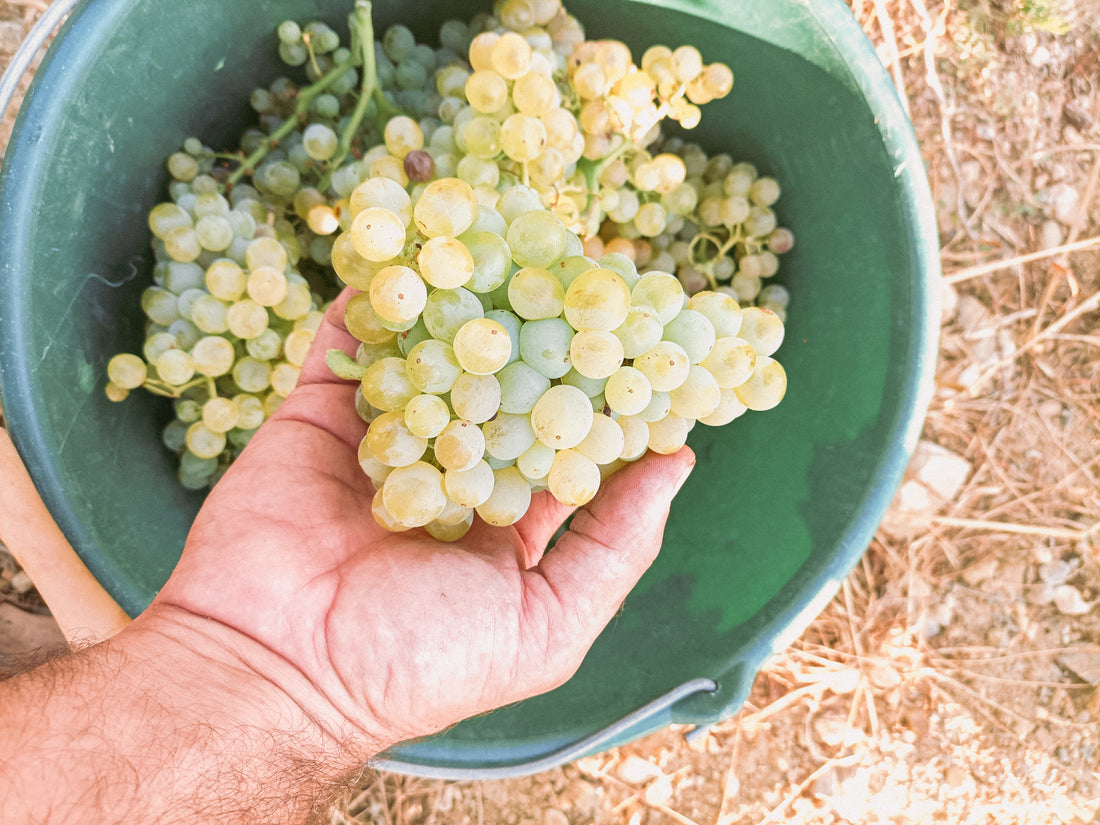Unwinding with a glass of wine during dinner is a great way to end your day on a positive note. But can you drink wine while on a paleo diet? Is wine paleo friendly? Let’s explore.
Wine can be consumed on many primarily paleo diets. Many devoted followers of the paleo diet agree that red wine, in particular, is acceptable for the terms of the paleo diet. While alcohol can be a gray area for those on a strict paleo diet, being aware of the paleo diet's primary goals can be helpful while looking for beverage options.
What is the Paleo Diet?
The Paleo diet emphasizes consuming whole foods that are not processed and that our human ancestors used to eat. Beef, pig, fish, eggs, nuts, seeds, herbs, certain oils, fruits, and vegetables are all typical foods on the paleo diet. Grain, legumes, vegetable oils, dairy, and overly processed foods are all off-limits to the paleo diet. Ultimately, you can choose how strictly you'll adhere to the diet.
So how does wine fit into the paleo diet?
What is Wine?
Wine is an alcoholic drink made from fermented grape juice. Although other fruits are technically applicable in making wine, grapes are the most common fruit. The main distinction between wine and beer is the use of fermented grains during beer production.
What are the Main Types of Wine Available Today?
There are five main types of wine. These include:
- Red wine: Red grapes are used to make red wines, fermented with grape skins, seeds, and stems to give the wine its distinctive red color. Red wine has a lot of tannins, which can leave your tongue feeling a bit dry after drinking it.
- White wine: Both white and red grapes are used in making white wines. Generally, white wine is not fermented with grape skins, which differentiates it from red wine. Instead, the skins are removed, leaving the crystal-clear grape juice.
- Rosé wine: Rosé is a wine distinguished by its pink or blush hue. Red grape juice ferments with the skins for only a short time until the juice takes on this exquisite color. It has fewer tannins than white wine. Because of its lighter flavor, rosé is popular, especially at summertime parties, where most people prefer it as a starter wine.
- Sparkling wine: Sparkling wines are carbonated and sometimes called "bubbly" wines. Red and white grapes make sparkling wines. The most famous sparkling wine is champagne, frequently served on special occasions.
- Dessert wine: Dessert wines are, as their name implies, exceptionally sweet wines that are consumed after a meal.
Is All Wine Paleo Friendly?
You can drink wine while on a paleo diet. Wine serves as the closest thing we have to a paleo friendly alcoholic beverage. The paleo diet prefers a variety of organic wine selections.
But, not all wine is paleo. The modern wine industry can use commercial processing and chemicals to make wine, which prevents all wines from being paleo. Wine companies use chemicals in the vineyards (like the pesticide, glyphosate), additives in winemaking (like dyes, thickeners, and GMO yeast), and even intense sterile filtration.
For paleo wine, it’s important to find organic, natural wines that do not undergo any of this processing or chemical treatment. That is the closest thing to how wine used to be made thousands of years ago: just fermented grapes.
Paleo Food & Wine Pairings
Here are a few ideas for paleo meals to pair with wines for the next time you decide to open a bottle:
- Cabernet: This red wine pairs well with lean red meat. Enjoy it with grilled steak and any seasonal vegetables.
- Pinot noir: Versatile pinot noir pairs nicely with most dishes. Try serving it with roasted brussel sprouts and a roasted chicken for a filling meal.
- Sparkling rosé: For a light, high-acid supper, serve it over lettuce with salmon.
What Should You Consider Before Adding Wine to Paleo?
Remember essential paleo wine drinking guidelines whether you want to raise a glass in celebration or sip wine while dining.
Select Natural and Organic Wines
Choose unprocessed products that don't include sugar or other harmful additives.
How to Pick the Best Wines
- Ask for Natural Wines. This is where human intervention is limited.
- Go Organic or Biodynamic. Wines made employing the biodynamic methods both to grow the fruit and during the post-harvest processing.
- Go sugar free. A "dry" wine is sugar free, but the term is often misused. Ask for wine that has no sugar in it.
Frequency of Wine Consumption
How often you choose to drink wine on the paleo diet is up to you, but if you are looking to drink organic Natural Wines frequently your selection can be limited if you are exclusively shopping from a local distributor.
Wine subscriptions or online wine memberships can provide a wider variety of natural and organic wines to fill your collection.
Easy Access to Paleo Friendly Wines
Wine companies are not required to report additives they use, how they farm, or even the accurate alcohol content on the label. So Dry Farm Wines vets every wine and grower to ensure they meet our strict guidelines. Our lab testing process ensures that all of the wines in your box meet our criteria.
- Sugar Free
- Lower Alcohol
- Lower Sulfites
- Organically Farmed
- No Industrial Additives
It is time to become a wine club member! Join a community of wine enthusiasts at Dry Farm wines today by choosing our wine membership.

